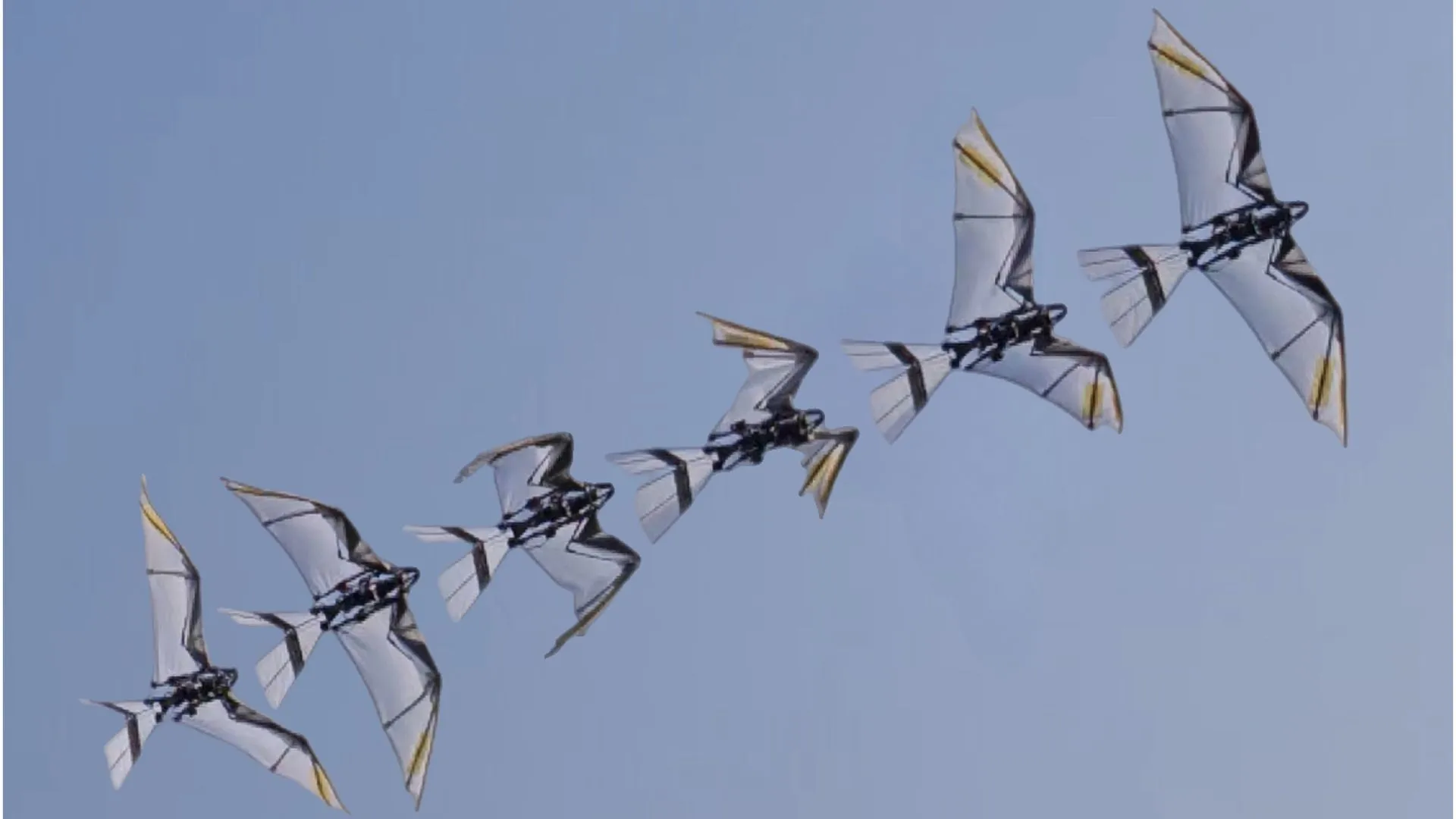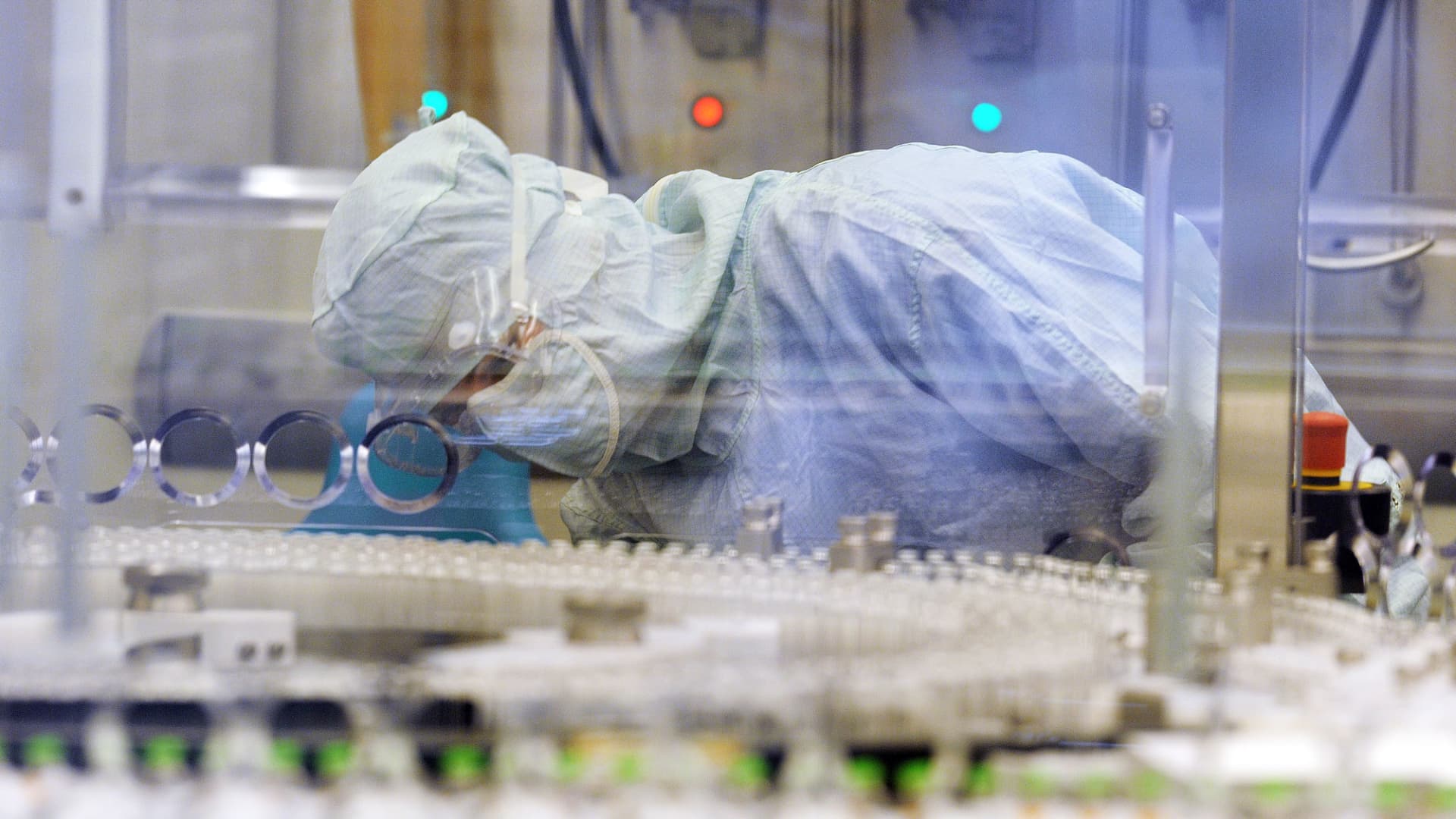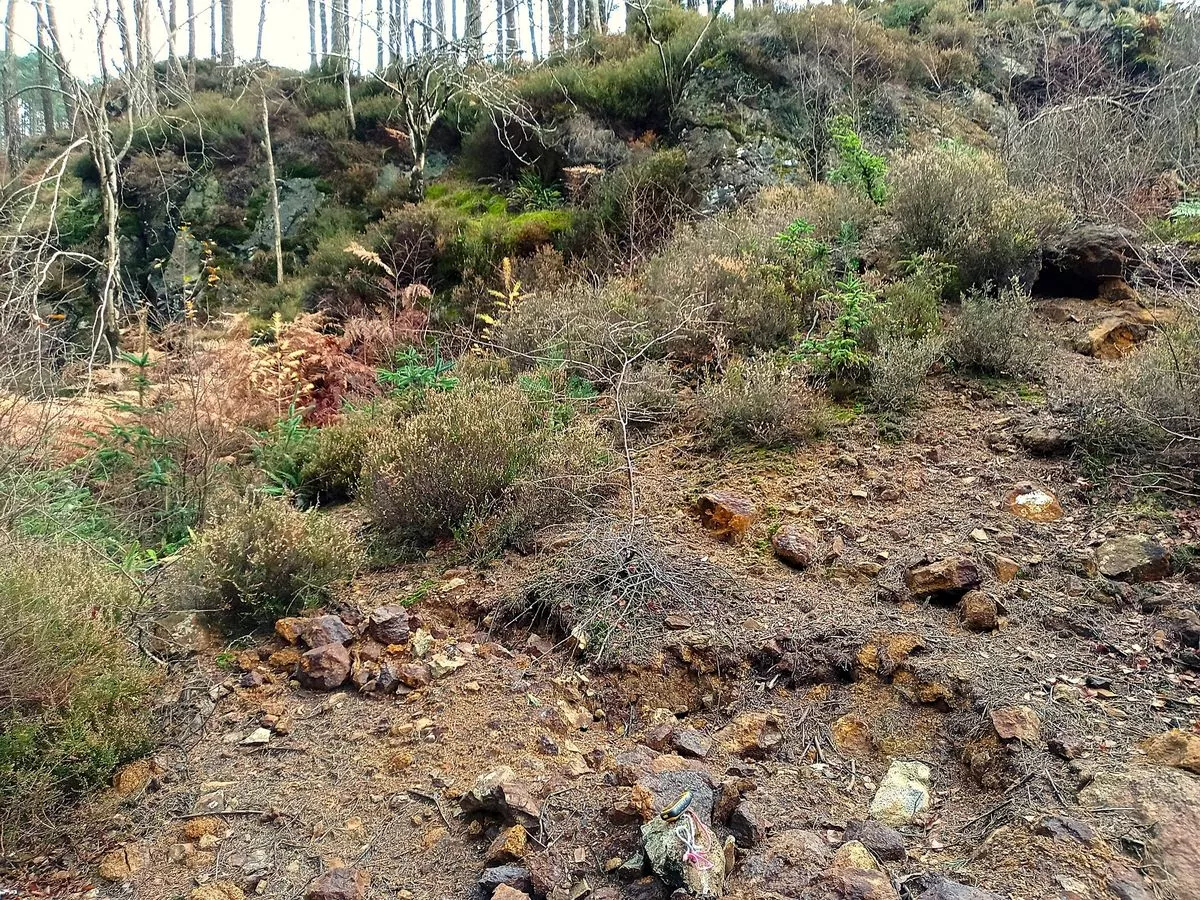
Scientists in China have built a falcon-inspired flying robot that can take off like a bird, offering new insights into the mechanics of avian flight and promising advances in bio-inspired aviation.
The prototype, called RoboFalcon2.0, mimics the way birds flap, sweep, and fold their wings during takeoff and low-speed flight.
Unlike most robotic flyers that rely on fixed-wing propellers or hovering rotors, RoboFalcon2.0 uses a novel flapping-sweeping-folding (FSF) wing motion, which couples lift generation with pitch control.
Wind tunnel experiments showed that sweeping the wings forward at larger angles enhances lift and helps the robot pitch up, a critical step in takeoff.
Simulations confirmed the mechanism: sweeping amplifies a vortex at the wing’s leading edge, boosting aerodynamic forces while shifting the pressure center forward to stabilize pitch.
In real-world tests, RoboFalcon2.0 successfully took off from the ground using the FSF motion. Like a bird, it leaned forward on its support legs, flapped rapidly to generate lift, and gradually transitioned into forward flight.
Wings that think
The breakthrough lies in RoboFalcon2.0’s reconfigurable wing system. By combining mechanical decouplers with a lightweight frame, the robot can flap, sweep, and fold its wings in a coordinated rhythm — something that had eluded earlier bird-scale robots.
This configuration produces tilted stroke planes, much like those seen in geese, vultures, and kingfishers during slow flight.
At just 800 grams with a wingspan of 1.2 meters, RoboFalcon2.0 is light enough to capture the dynamics of small birds while remaining robust enough for controlled experiments.
Its power consumption spikes during takeoff, but researchers note the pattern closely mirrors the high metabolic cost of takeoff in living birds.
Wind-tunnel measurements revealed that the FSF motion delivers higher lift coefficients and better head-up pitching moments compared with simple flapping.
The adjustable sweep amplitude, up to 25 degrees, gives the robot the ability to fine-tune its aerodynamic center relative to its body, improving control during liftoff.
Flight frontier explored
Field tests showed both the promise and limits of the system. While RoboFalcon2.0 could take off smoothly and maintain low-speed flight, it struggled with pitch stability as speed increased.
Without a tail elevator, the robot lost control authority during faster flight, a challenge the team plans to address in future iterations.
Still, the accomplishment is significant. Most flapping-wing robots rely on insect-inspired hovering or external launch mechanisms such as catapults.
RoboFalcon2.0 demonstrates, for the first time, a self-powered bird-scale takeoff that echoes the biomechanics of real vertebrates.
The work has potential applications in surveillance, environmental monitoring, and defense, where vertical lift, silent operation, and agility at low speeds are valuable.
Unlike rotorcraft drones, bird-like machines could blend efficiency with stealth, navigating turbulent conditions more naturally.
For now, RoboFalcon2.0 remains an experimental platform. But by faithfully replicating the subtle motions of avian wings, researchers have opened the door to flying machines that don’t just fly — they fly like nature intended.
The findings of the study have been published in the journal Science Advances.



